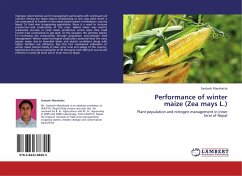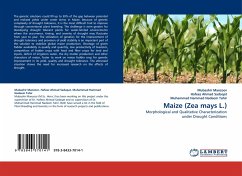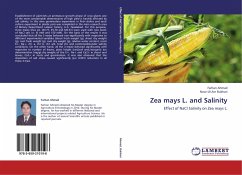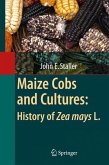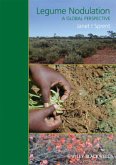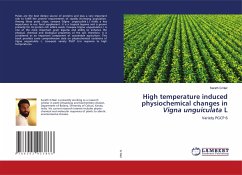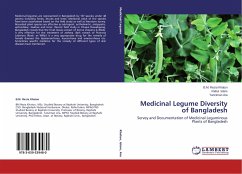Nitrogen is most often the limiting nutrient for crop production, since only a fraction of atmospheric nitrogen is made available to the plants through biological nitrogen fixation (BNF). Extending the BNF ability to non-legumes would be a useful technology for increased crop yields among resource-poor farmers. The idea that genetic manipulation techniques might be used to engineer crop plants to fix nitrogen is, of course, not new. However, the more we understand about the biochemistry and physiology of BNF, the less likely it seems that this goal will be achieved by simply' transferring the genes for nitrogen fixation to suitable crop species. Induction of nodulation has therefore been the main target of researchers over the past few years.


